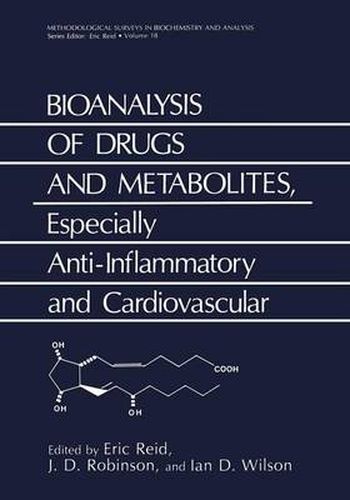Readings Newsletter
Become a Readings Member to make your shopping experience even easier.
Sign in or sign up for free!
You’re not far away from qualifying for FREE standard shipping within Australia
You’ve qualified for FREE standard shipping within Australia
The cart is loading…






This title is printed to order. This book may have been self-published. If so, we cannot guarantee the quality of the content. In the main most books will have gone through the editing process however some may not. We therefore suggest that you be aware of this before ordering this book. If in doubt check either the author or publisher’s details as we are unable to accept any returns unless they are faulty. Please contact us if you have any questions.
vi as did non-appreciation that % values for bought-in solutions (notably ammonia) may be on a weight basis, not made evident by the manufacturer. Notwithstanding the shortcomings or lateness of some texts, authors are thanked for compiling them amidst other pressures. Elsevier and the American Chemical Society are also thanked, for Figures now reproduced with source acknowledgement. This Editor has generally respected authors’ phrasing, whilst shuddering when the term ‘incubate’ is encountered in a 0 Degrees context. He remains a ‘diehard’ in certain respects, notably in favouring ‘M’ rather than ‘mol/I’, and a wt./ml basis for drug concentrations in test samples; he regards ‘mmol/l’ as a fatuous fashion. Concerning infelicitous abbreviations, a distinction is made between electron capture (detector context; ‘ECD’) and electrochemical (‘EC’, never ‘ECD’); the hallowed GC term ‘FID’ means free induction decay to NMR practi tione:ts, who may pardon the term ‘Fid’ as introduced editorially. The convention for ,0C’ throughout the book is ‘0’. Undefined but well-known abbreviations include GC, HPLC and TLC. MS (mass spectrometry), NPD (nitrogen-phosphorus detector), tr (retention time) and RIA (radioimmunoassay) are usually defined in the article concerned, as are the HPLC modes NP (normal-/straight phase) and RP (reversed-phase; C-lS and ODS are synonymous), and i.s.
$9.00 standard shipping within Australia
FREE standard shipping within Australia for orders over $100.00
Express & International shipping calculated at checkout
This title is printed to order. This book may have been self-published. If so, we cannot guarantee the quality of the content. In the main most books will have gone through the editing process however some may not. We therefore suggest that you be aware of this before ordering this book. If in doubt check either the author or publisher’s details as we are unable to accept any returns unless they are faulty. Please contact us if you have any questions.
vi as did non-appreciation that % values for bought-in solutions (notably ammonia) may be on a weight basis, not made evident by the manufacturer. Notwithstanding the shortcomings or lateness of some texts, authors are thanked for compiling them amidst other pressures. Elsevier and the American Chemical Society are also thanked, for Figures now reproduced with source acknowledgement. This Editor has generally respected authors’ phrasing, whilst shuddering when the term ‘incubate’ is encountered in a 0 Degrees context. He remains a ‘diehard’ in certain respects, notably in favouring ‘M’ rather than ‘mol/I’, and a wt./ml basis for drug concentrations in test samples; he regards ‘mmol/l’ as a fatuous fashion. Concerning infelicitous abbreviations, a distinction is made between electron capture (detector context; ‘ECD’) and electrochemical (‘EC’, never ‘ECD’); the hallowed GC term ‘FID’ means free induction decay to NMR practi tione:ts, who may pardon the term ‘Fid’ as introduced editorially. The convention for ,0C’ throughout the book is ‘0’. Undefined but well-known abbreviations include GC, HPLC and TLC. MS (mass spectrometry), NPD (nitrogen-phosphorus detector), tr (retention time) and RIA (radioimmunoassay) are usually defined in the article concerned, as are the HPLC modes NP (normal-/straight phase) and RP (reversed-phase; C-lS and ODS are synonymous), and i.s.